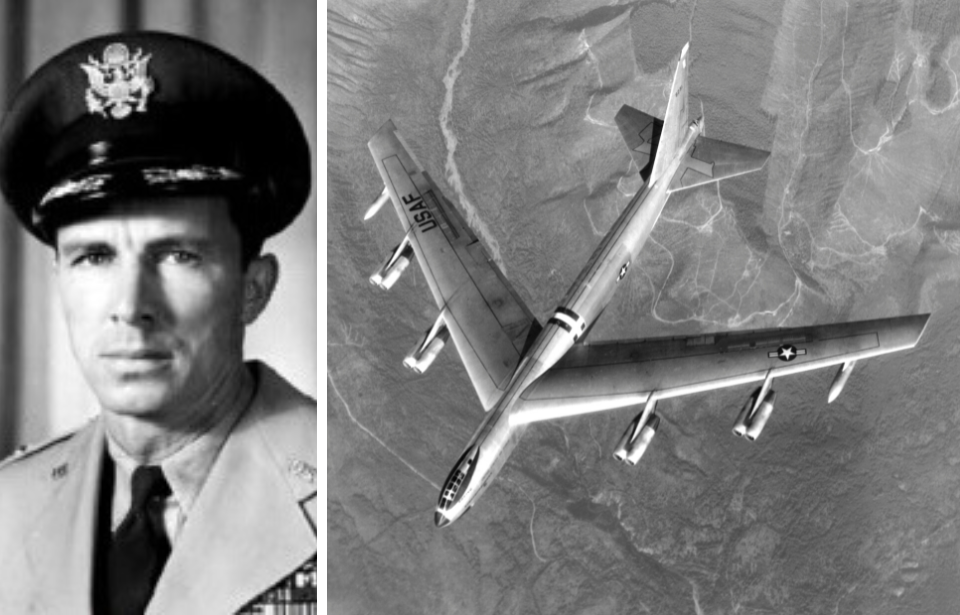Patrick Dawson Fleming was born an Army “brat” on January 17, 1918. He took an interest in flying at an early age and became the fourth-ranking American naval ace upon his return following the Second World War. He continued to fly, becoming a test pilot for the military. It was this position that ultimately cost him his life in 1956.
Patrick Fleming started his service in the US Navy
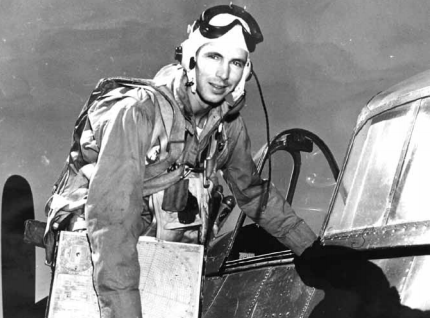
Patrick Fleming fell in love with flying early on in life, and he worked nights at a filling station to pay for lessons. In 1935, he enlisted in the US Navy, serving onboard the USS Hull (DD-350), a Farragut-class destroyer. He was then transferred to the USS Saratoga (CV-3), where he became a second-class seaman responsible for repositioning the arresting hooks of aircraft after they landed on the aircraft carrier.
Fleming attended the Naval Academy Preparatory School, where he was fast-tracked with other young men as the prospect of war became evermore eminent; by early 1941, he’d already graduated. Fleming was dedicated to aviation, but sea duty was mandatory for new graduates and, as such, he spent the next two years working as a torpedo and catapult officer on the light cruiser USS Cincinnati (CL-6).
Flying in the Pacific Theater during World War II
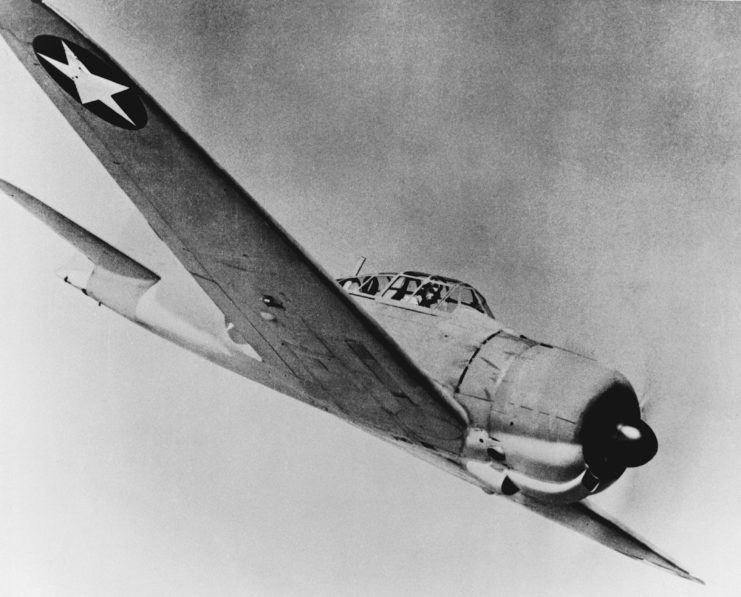
Wanting to fulfill his dream of flying, Patrick Fleming attended flight training, earning his wings in 1943. In March 1944, he joined Fighter Squadron 80 (VF-80) – better known as “Vorse’s Vipers” – onboard the USS Ticonderoga (CV-14), where he began to prove his worth as a pilot.
On November 5, 1944, Fleming shot down his first Mitsubishi AGM Zero while flying over the Philippines in a Grumman F6F Hellcat. He went to score many more victories. On December 14 of that year, VF-80 shot down 19 Zeros and Nakajima Ki-43 Hayabusa “Oscars,” with Fleming credited with four of the aerial victories. On January 3, 1945, he shot down three more aircraft while manning Ticonderoga‘s anti-aircraft guns.
Bomber Fighter Squadron 80 (VBF-80) split off from VF-80, with Fleming named its executive officer. Over the span of two days, while leading an attack, the pilot shot down nine enemy aircraft. By February 17, 1945, he’d only flown six sorties, but had taken out 19 planes – 10 with VF-80 and nine while flying with VBF-80.
Patrick Fleming became a test pilot for the US Army Air Forces
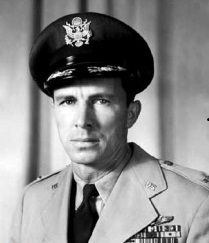
After proving his value during the Second World War, Patrick Fleming became a test pilot for the US Army Air Forces (USAAF) Reserve. He was transferred to active duty as a lieutenant colonel and assigned to the Wright Field Test Pilot School, Class 47. His time there was invaluable, as he tested the country’s first fighter jets, including the Lockheed P-80 Shooting Star and the Republic F-84 Thunderjet.
As the USAAF became the US Air Force, Fleming took on a number of other roles. Not only did he play a key part in putting the Boeing B-47 Stratojet into service, he conducted overflights on the Soviet Union (Project 52 AFR-18) and became an expert on nuclear weapons.
Fleming was offered to fly the Boeing B-52 Stratofortress, but at the time had completed 130 flying hours over the previous 90 days. Despite this, he accepted the job. He was to take the aircraft on a routine flight. Sadly, it would prove to be his last.
Patrick Fleming died in the first ever B-52 Stratofortress crash
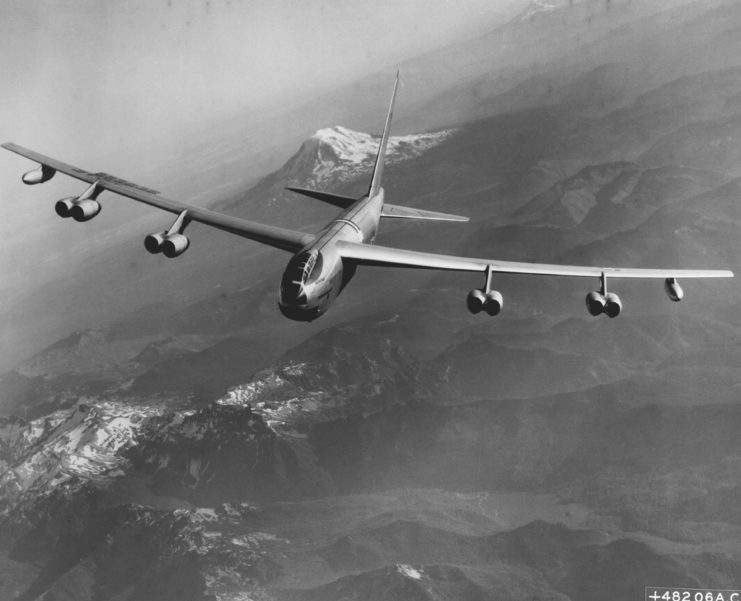
The B-52 took off with a crew of eight people at 10:34 AM on February 16, 1956. Around seven hours into the flight, at approximately 38,000 feet, the right forward alternator began to fail. Shortly thereafter, the three other alternators also began to experience issues. This prompted Maj. Edward L. Stefanski, the aircraft’s commander, to lower the landing gear, as the crew compartment began to depressurize.
Reports of a fire having broken out in the lower compartments caused three crew members to eject. At around 8,000 feet, a violent explosion occurred, destroying the bomber. Of the eight crew members on board, four were able to parachute to safety, while three died of injuries resulting from the explosion.
Fleming was able to successfully eject from the B-52 at 22,000 feet, but was badly burned. However, the heat from the blast had melted away the shroud lines in his parachute, causing them to detach from the canopy. When he pulled his ripcord, it never opened. At first, he was reported missing, but his body was later found eight miles from where the bomber had crashed.
More from us: A Brazilian Air Force Pilot Managed to Fly His P-47 Home – With Part of Its Right Wing Missing!
Fleming was only 38 years old when he died. Despite his young age, he’d managed to earn a number of decorations, including the Navy Cross, a Bronze Star, three Silver Stars, four Air Medals and five Distinguished Flying Crosses.
